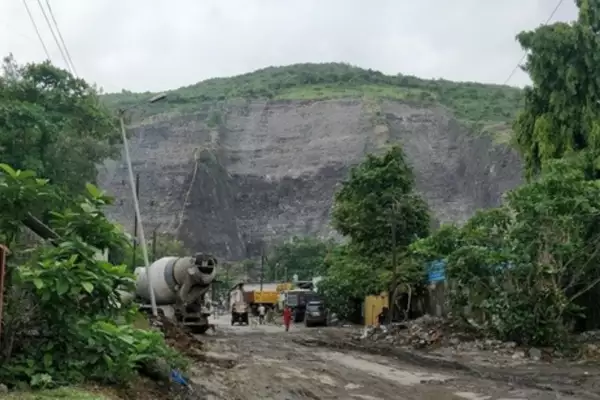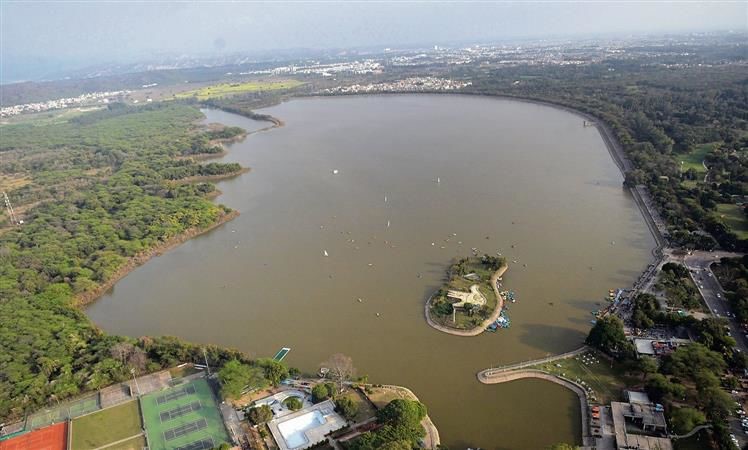Eco-Sensitive Zone (ESZ) has been designated by the Indian government near Sukhna Wildlife Sanctuary in Haryana to protect the environment.
About Eco-Sensitive Zones (ESZs):
- These zones, also called Ecologically Fragile Areas (EFA), are critical for protecting the environment.
- ESZs are established around key natural areas like National Parks and Wildlife Sanctuaries to act as buffers, safeguarding these habitats from external impacts.
- The Environment (Protection) Act of 1986 mandates their notification.
Activities and Management in ESZs
- Prohibited Activities: In ESZs, there is a strict ban on commercial mining, setting up of sawmills, and any industries that lead to pollution. Constructing major hydroelectric projects is also prohibited.
- Regulated Activities: Certain actions, like tree felling and developing hotels or resorts, are controlled. Limitations are placed on installing electrical cables and making significant alterations to the agricultural systems.
- Permitted Activities: Local communities are encouraged to engage in agriculture and horticulture, with a focus on rainwater harvesting and organic farming practices.
Criteria for ESZ Declaration
- ESZs are identified based on factors like unique species, critical ecosystems, and significant geomorphologic features.
- Areas within 10 km of protected zones are automatically classified as ESZs, following the National Wildlife Action Plan (2002-2016).
- The government may extend this boundary to include vital ecological corridors.
About Sukhna Wildlife Sanctuary:
- Situated in the Sivalik Hills of Chandigarh, this sanctuary forms part of Sukhna Lake’s catchment and was declared protected in 1998.
- It is a diverse ecosystem featuring forests, grasslands, and wetlands.
- The sanctuary is a haven for wildlife, hosting a variety of animals like sambar deer, barking deer, and wild boar, along with numerous species of birds, reptiles, and amphibians.
- A significant challenge for the sanctuary is the prevalence of lantana weed, an invasive species that affects over half of its area, indicating the need for effective management and conservation efforts.
Ref:Source
| UPSC IAS Preparation Resources | |
| Current Affairs Analysis | Topperspedia |
| GS Shots | Simply Explained |
| Daily Flash Cards | Daily Quiz |



